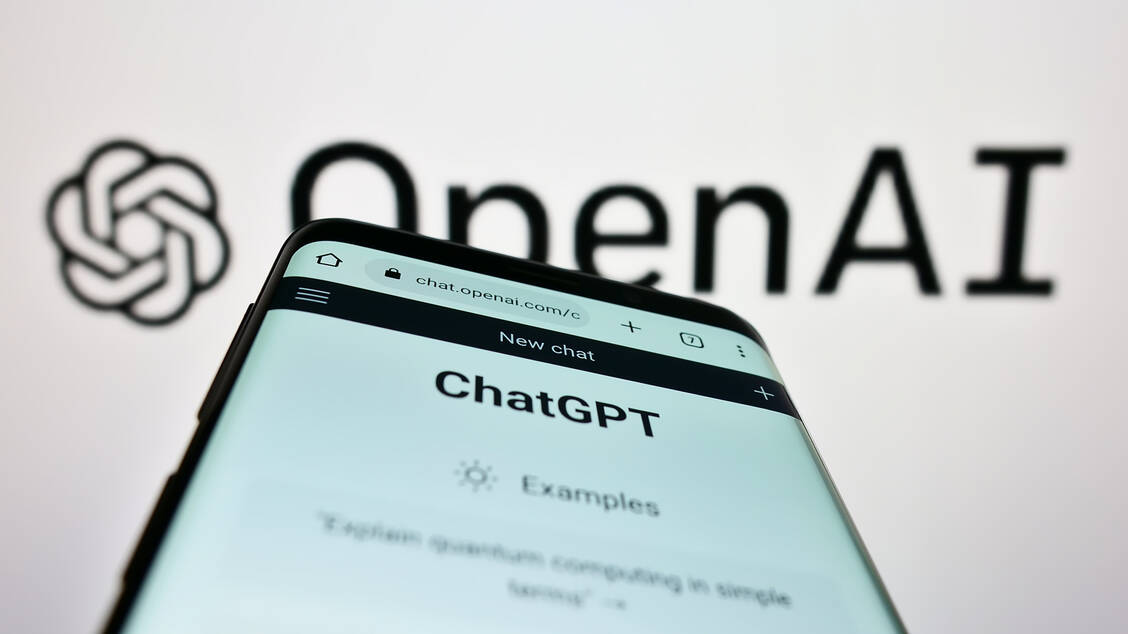It is already known that people can train themselves to develop a feel for real and fake images. As part of the »Detect Fakes« project at Nothwestern University Kellogg School of Management, anyone can try this out and test how well they can distinguish between real and fake (https://detectfakes.kellogg.northwestern.edu/). The entries are collected anonymously and used for research purposes.
This small experiment makes it clear where the weak points of artificially generated texts lie: they do not have to be error-free. ChatGPT itself points this out after each response. In addition, the user is not informed about the sources on which ChatGPT bases its answers. This is because the application is not a search engine and does not currently access one. ChatGPT is trained to generate texts that sound as human as possible, based on millions of training texts that can come from anywhere.







